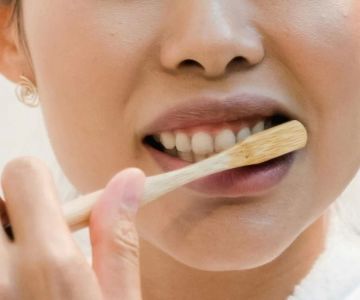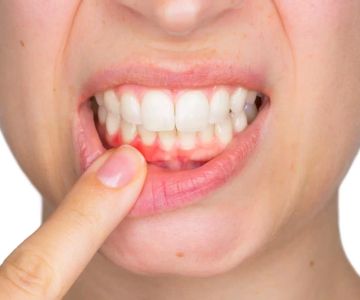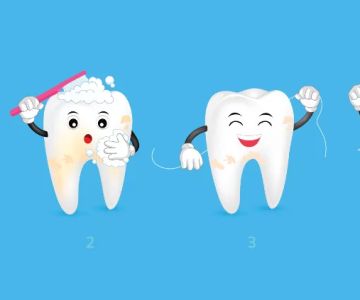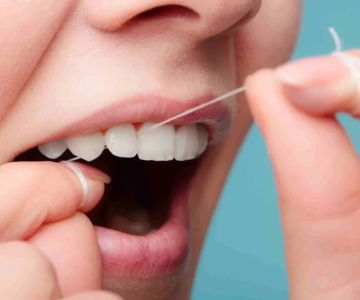Teeth grinding, also known as bruxism, is a common issue that affects millions of people worldwide. It occurs when an individual clenches or grinds their teeth, often during sleep, which can lead to various dental and health problems. From jaw pain to worn-down teeth, bruxism can significantly impact your quality of life. In this article, we’ll explore the causes of bruxism and provide effective solutions to help manage teeth grinding and protect your smile.
- 1. What is Bruxism and Why Does It Happen?
- 2. Signs and Symptoms of Teeth Grinding
- 3. Prevention and Treatment Options for Bruxism
- 4. When to Seek Professional Help
1. What is Bruxism and Why Does It Happen?
Bruxism refers to the involuntary clenching or grinding of teeth. It can occur during the day, but is most commonly experienced at night, making it a form of sleep disorder. There are several factors that can contribute to bruxism, including stress, anxiety, misaligned teeth, or even sleep apnea. While occasional teeth grinding may not cause noticeable harm, frequent or prolonged bruxism can lead to significant dental issues such as tooth wear, fractures, and even jaw disorders.
2. Signs and Symptoms of Teeth Grinding
It can be difficult to recognize bruxism, especially if it occurs at night. However, there are several signs and symptoms that may indicate you are grinding your teeth:
- Frequent headaches, especially in the morning
- Jaw pain or tenderness
- Worn or chipped teeth
- Enlarged jaw muscles
- Difficulty opening the mouth or chewing
If you notice any of these signs, it’s important to take action to prevent further damage and discomfort.
3. Prevention and Treatment Options for Bruxism
There are several approaches to managing teeth grinding and preventing further harm. Some of the most effective options include:
- Mouthguards and Splints: A custom-fitted mouthguard can help protect your teeth from grinding during sleep. This is one of the most common and effective treatments for bruxism.
- Stress Management: Since stress and anxiety are major contributors to teeth grinding, incorporating relaxation techniques such as yoga, meditation, or deep-breathing exercises can help reduce grinding episodes.
- Correcting Misalignment: If misaligned teeth are the cause of your bruxism, orthodontic treatments or dental work may be recommended to improve the alignment and reduce the urge to grind.
- Behavioral Therapy: In some cases, cognitive behavioral therapy (CBT) may be recommended to help address the psychological triggers of bruxism, such as stress or anxiety.
4. When to Seek Professional Help
If you suspect that you have bruxism, it’s essential to consult a dentist for an evaluation. A dentist can assess the condition of your teeth and jaw, offer advice on treatments, and help you choose the most appropriate solution. If bruxism is linked to underlying health issues such as sleep apnea, your dentist may refer you to a specialist for further evaluation.
Managing teeth grinding is important not only for your dental health but also for your overall well-being. By understanding the causes, recognizing the symptoms, and seeking treatment, you can protect your teeth and improve your quality of life. For more information on effective treatments and prevention strategies, visit Dentistry Toothtruth.







 Westgate Dental Arts3.0 (2 review)
Westgate Dental Arts3.0 (2 review) Coventry Family Dental4.0 (247 review)
Coventry Family Dental4.0 (247 review) Familia Dental3.0 (1028 review)
Familia Dental3.0 (1028 review) Dr. Daniel S. Fife, DDS4.0 (31 review)
Dr. Daniel S. Fife, DDS4.0 (31 review) Dentistry At Suburban Square: Michael I. Wollock, DMD4.0 (1228 review)
Dentistry At Suburban Square: Michael I. Wollock, DMD4.0 (1228 review) Comfort Care Dental4.0 (1156 review)
Comfort Care Dental4.0 (1156 review) The Importance of Oral Health Education During Pregnancy for a Healthy Pregnancy
The Importance of Oral Health Education During Pregnancy for a Healthy Pregnancy Why Skipping Dental Checkups Can Lead to Bigger Oral Health Problems
Why Skipping Dental Checkups Can Lead to Bigger Oral Health Problems Best Tips for Brushing Your Teeth Properly for Healthy Gums: Essential Techniques for Oral Health
Best Tips for Brushing Your Teeth Properly for Healthy Gums: Essential Techniques for Oral Health Advantages of Porcelain Dental Restorations
Advantages of Porcelain Dental Restorations How Can Diabetes Cause Tooth and Gum Problems? Preventing and Managing Oral Health Issues
How Can Diabetes Cause Tooth and Gum Problems? Preventing and Managing Oral Health Issues Healthy Habits for Promoting Good Oral Health and Hygiene: Tips for a Healthy Smile
Healthy Habits for Promoting Good Oral Health and Hygiene: Tips for a Healthy Smile